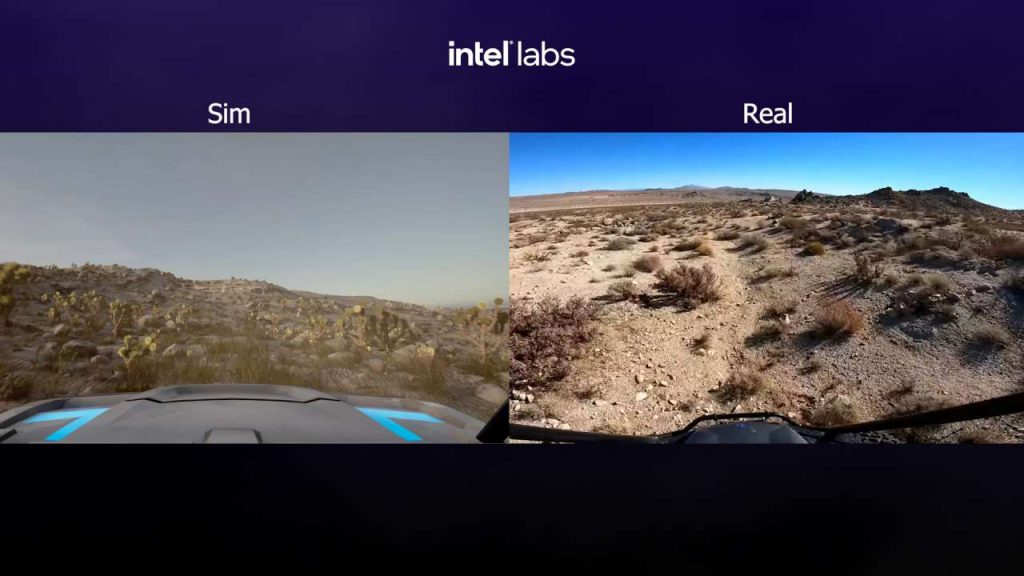
Electronics giant Intel is collaborating with the Defense Advanced Research Projects Agency (DARPA) to develop advanced computer simulations to help develop off-road autonomous ground vehicles, the company announced April 26.
The company won DARPA’s Robotic Autonomy in Complex Environments with Resiliency – Simulation (RACER-Sim) program. Intel Labs and its collaborators, the Computer Vision Center in Barcelona and the University of Texas at Austin, will now develop computer simulations to help off-road autonomous ground vehicles bridge the gap from virtual to real environments.
“Intel Labs has already made progress in advancing autonomous vehicle simulation through several projects, including the CARLA simulator, and we’re proud to participate in RACER-Sim to continue contributing to the next frontier of off-road robotics and autonomous vehicles,” German Ros, Autonomous Agents Lab director at Intel Labs, said in a statement. “We brought together a team of renowned experts from the Computer Vision Center and UT Austin with the goal of creating a versatile and open platform to accelerate progress in off-road ground robots for all types of environments and conditions.”
Off-road autonomous ground vehicles must deal with substantial challenges, including a lack of road networks and extreme terrain with rocks and all types of vegetation, among many others. Such extreme conditions make developing and testing expensive and slow.
Many computer simulation environments exist today for autonomous vehicle development, but few are optimized for the challenges presented by off-road performance, especially when it comes to scale and speed. Real-world demonstrations continue to serve as the primary method to verify off-road system performance.
In the first phase of the 48-month project, the researchers aim to create new simulation platforms and map generation tools that mimic complex off-road environments at scales never seen before with high accuracy in terms of physics, sensor modeling, terrain complexity and other factors. Intel Labs’ simulation platform will strive to create massive new environments covering more than 100,000 square miles with just a few clicks.
During phase two, the scientists will validate the performance of robots in simulation. They will also develop new “sim2real” techniques to train robots in simulation to acquire skills and then transfer these skills to a corresponding real robotic system, enabling the training of off-road autonomous ground vehicles directly in simulation.
Intel expects these new simulation tools to significantly improve the development of autonomous systems using virtual testing, which reduces the risks, costs, and delays associated with traditional testing and verification protocols. In the future, the simulation platform will go beyond validation to create AI models ready for implementation in the real world.

